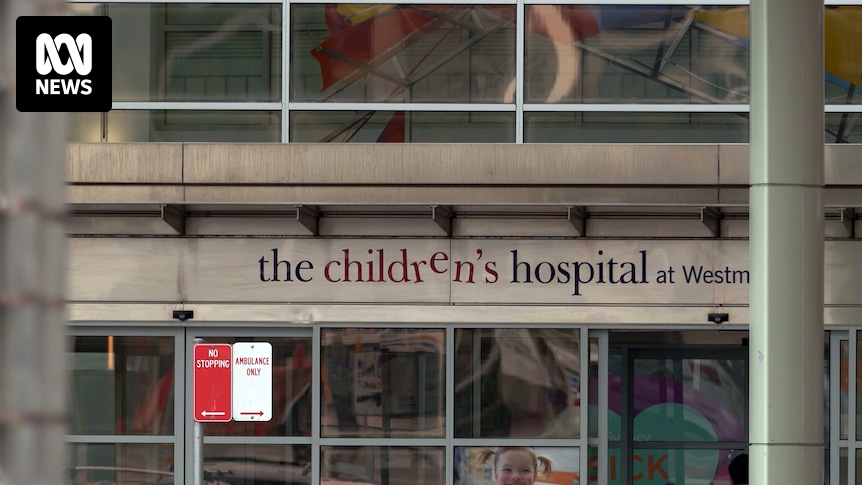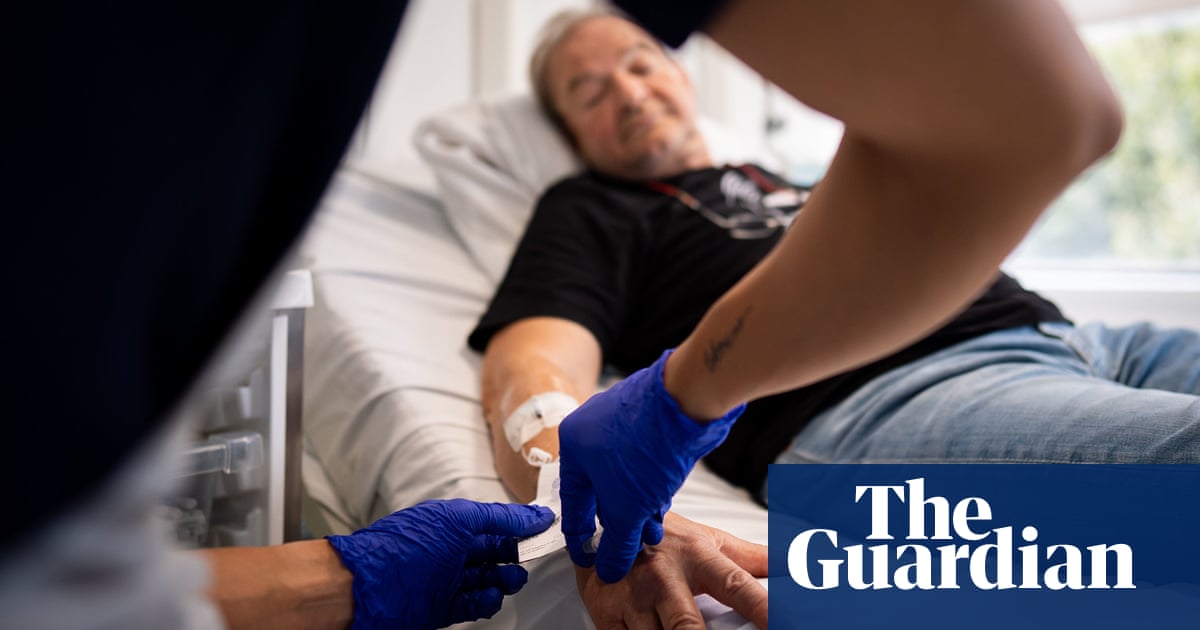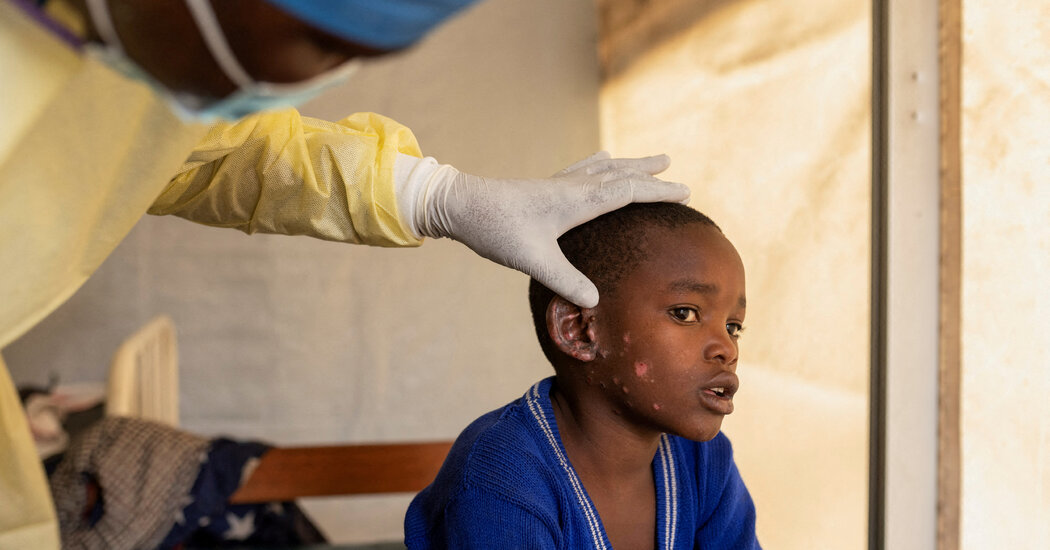Public Health
Elevating the Culture of Blood Donation: A Call for Meaningful Incentives Blood donation, an act that transcends mere charity, represents the quiet heroism that sustains modern healthcare. It is a selfless offering, an intimate gift of life passed from one human to another, often a stranger. And yet, despite its profound significance, donor rates continue to wane in the face of rising demand. As someone with a multifaceted background in psychology, healthcare, and business, I believe we must reimagine how we value and encourage blood donation, honoring its role in our collective well-being with the gravity it deserves. The Psychological Imperative: Motivating Altruism through Thoughtful Engagement Human behavior, when examined through the lens of psychology, reveals a complex interplay between intrinsic and extrinsic motivations. Altruism, though noble, is not immune to the realities of modern life. Time constraints, fear, or a lack of personal connection to the cause can inhibit even the most well-meaning individuals from participating in blood donation efforts. Herein lies the challenge: How do we create incentives that not only encourage participation but also respect the enormity of the act? Psychological studies on motivation suggest that incentives—when aligned with the personal values and emotional needs of individuals—can significantly influence behavior. However, the incentives we offer must do more than tokenize the act of giving blood. After all, donors are contributing something deeply personal, their very life force. To present them with a nominal reward—such as a $10 gift card—seems a stark undervaluation of their contribution. Instead, we must seek to inspire through incentives that resonate with the magnitude of the donation. Medical Realities: Blood, A Priceless Resource with Tangible Costs From a medical standpoint, blood is more than a precious fluid; it is a lifeline. A single unit, processed and administered, can mean the difference between life and death for multiple patients. Yet the economics of blood donation often remain hidden from public view. The cost of testing, processing, and delivering a half-liter of blood typically ranges from $200 to $400. This reality, however, is juxtaposed against the modest compensation most donors receive, creating a disconnect between the invaluable nature of the resource and the rewards offered to those who provide it. As someone deeply acquainted with the medical field, I understand that the value of blood transcends financial measures. Yet the act of giving blood, the personal sacrifice made by the donor, should be met with a gesture that honors both the physical and emotional commitment of the individual. Here, my experience in business and advertising offers a pathway toward more meaningful recognition. The Confluence of Business and Health: Redefining Value in Incentive Programs In the realm of business, we understand that consumer engagement thrives on perceived value, and that participation is most often driven by the emotional resonance of an experience. Blood donation campaigns, though not a commercial enterprise, can benefit from this understanding. Rather than offering trivial rewards, we must craft incentives that speak to the heart of the donor’s contribution. Nonprofits, often constrained by limited resources, need not rely on financial compensation alone to honor their donors. Instead, they can create community-centered experiences—opportunities for donors to connect with others who share their generosity. Imagine donor appreciation nights where participants gather for a shared meal, such as a pizza or barbecue dinner, followed by an outdoor movie screening beneath the stars. These events would provide more than a reward; they would offer a space for connection, reflection, and the cultivation of a shared sense of purpose. A Vision for the Future of Public Health: Holistic and Humane Incentives In reflecting on my diverse experiences across psychology, healthcare, and business, I see an opportunity for blood donation campaigns to evolve. It is time to embrace a holistic model of public health—one that recognizes not only the practical need for blood but also the profound emotional and social dimensions of the donation process. We must honor donors with incentives that reflect their sacrifice, not just in monetary terms but in the creation of meaningful, shared experiences. Blood is not a commodity, nor should it be treated as such. It is the essence of life, and those who give it should be recognized accordingly. By rethinking the way we incentivize blood donation, we can cultivate a culture of gratitude, empathy, and collective responsibility. The future of public health rests not just in meeting immediate needs, but in inspiring individuals to become active participants in the ongoing narrative of human connection and care. Let us rise to the occasion, offering incentives that are not only fair but awe-inspiring—reflecting the life-saving nature of the gift itself. In doing so, we elevate not only the act of giving blood but also the very spirit of humanity.
> Four additional healthcare workers in Missouri who came in contact with a hospitalized bird flu patient developed mild respiratory symptoms but the virus was not confirmed in any of them, U.S. health officials said on Friday. > > The report from the U.S. Centers for Disease Control and Prevention brings to six the number of healthcare workers who cared for the Missouri patient and developed respiratory symptoms. > > Unlike previous U.S. bird flu cases this year, the Missouri patient, who was hospitalized on Aug. 22, had no known contact with infected animals. Scientists are watching closely for signs that the virus has begun to spread more easily in people.
 www.usatoday.com
www.usatoday.com
cross-posted from: https://midwest.social/post/17030076 > This is why I will confront anti-vaxxers in public. > > Nearly 200 children died from influenza-related complications in the 2023-24 season, according to the CDC. Most of these children were eligible for a vaccine but did not receive one. The CDC reported that only 53% of children aged 6 months to 17 years were vaccinated this season, down from 56% the previous season. Vaccination rates were notably lower among Black children and those in rural areas. > >
TL;DW: There are potential risks and potential benefits, and strategies to mitigate the risks. More research is needed, YMMV.
 www.nytimes.com
www.nytimes.com
cross-posted from: https://slrpnk.net/post/12678087
 us.cnn.com
us.cnn.com
cross-posted from: https://midwest.social/post/15495672 > Routine childhood vaccinations will have prevented hundreds of millions of illnesses, tens of millions of hospitalizations and more than 1 million deaths among people born between 1994 and 2023, according to the US Centers for Disease Control and Prevention. > > A new report, published Thursday by the CDC, analyzed the benefits of routine childhood immunizations in the United States through the CDC’s Vaccines for Children Program, which launched in 1994. The research also found that the vaccinations saved the country billions of dollars.
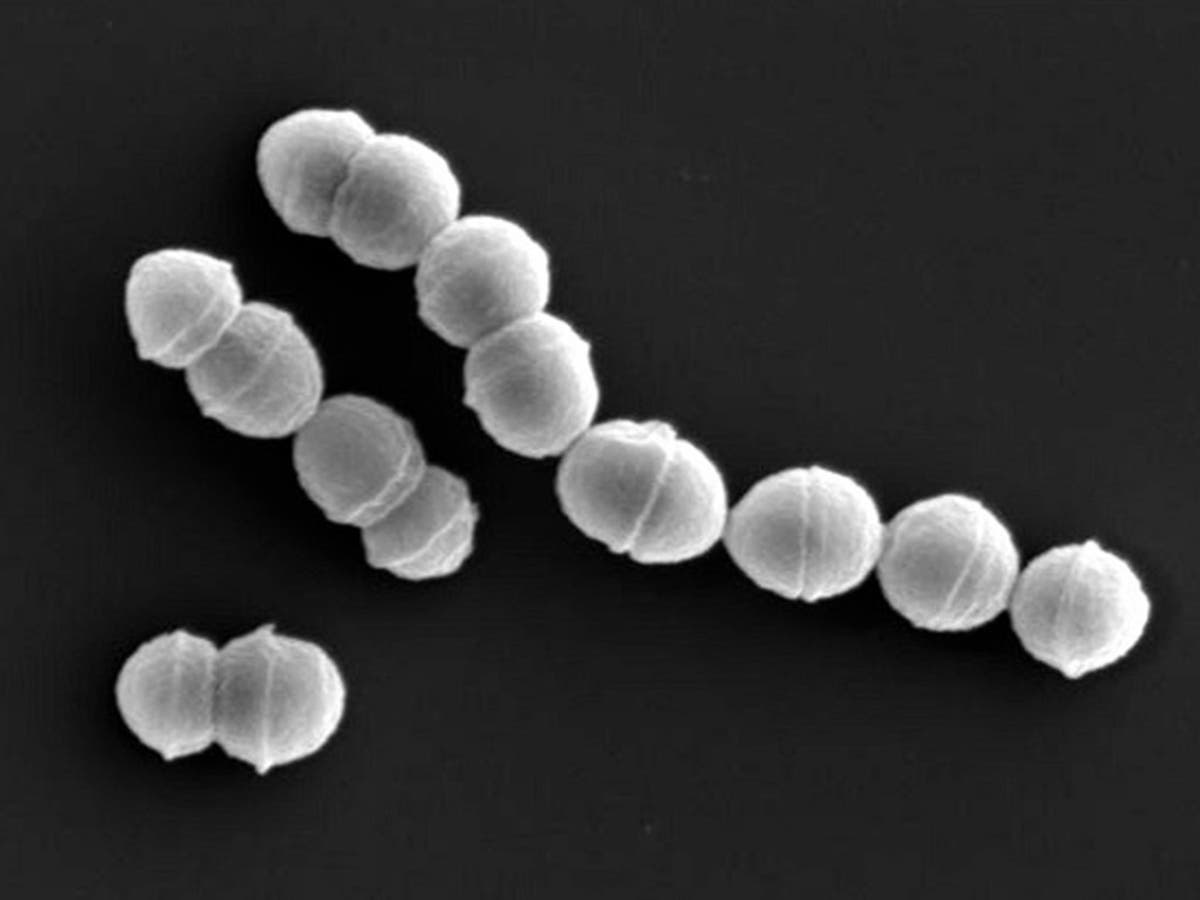 www.independent.co.uk
www.independent.co.uk
> Over 1,000 cases of streptococcal toxic shock syndrome (STSS) were reported in Japan in the first six months of 2024, surpassing the total number recorded last year in the country. >Andrew Steer, director of infection, immunity and global health at Murdoch Children’s Research Institute in Melbourne, Australia has warned that those suffering from STSS often have no prior warning signs. > >“You tend to be well, and then become acutely quite sick,” he said, adding that a sunburn-like rash could also be one of the first indications of infection. >The US reported 145 cases of STSS in 2021. See also: https://www.diseasedaily.org/2024/07/23/the-rise-of-streptococcal-toxic-shock-syndrome-stss-in-japan/
 www.cancertherapyadvisor.com
www.cancertherapyadvisor.com
cross-posted from: https://midwest.social/post/14831085 > The prevalence of cancer survivors in the United States has risen in recent years and is projected to increase more in years to come, according to research published in the Journal of the National Cancer Institute. > > The researchers estimated that, as of January 1, 2022, the prevalence of cancer survivors in the US was 18.1 million. The team noted that this is a nearly 4-fold increase in cancer survivors since the mid-1970s.
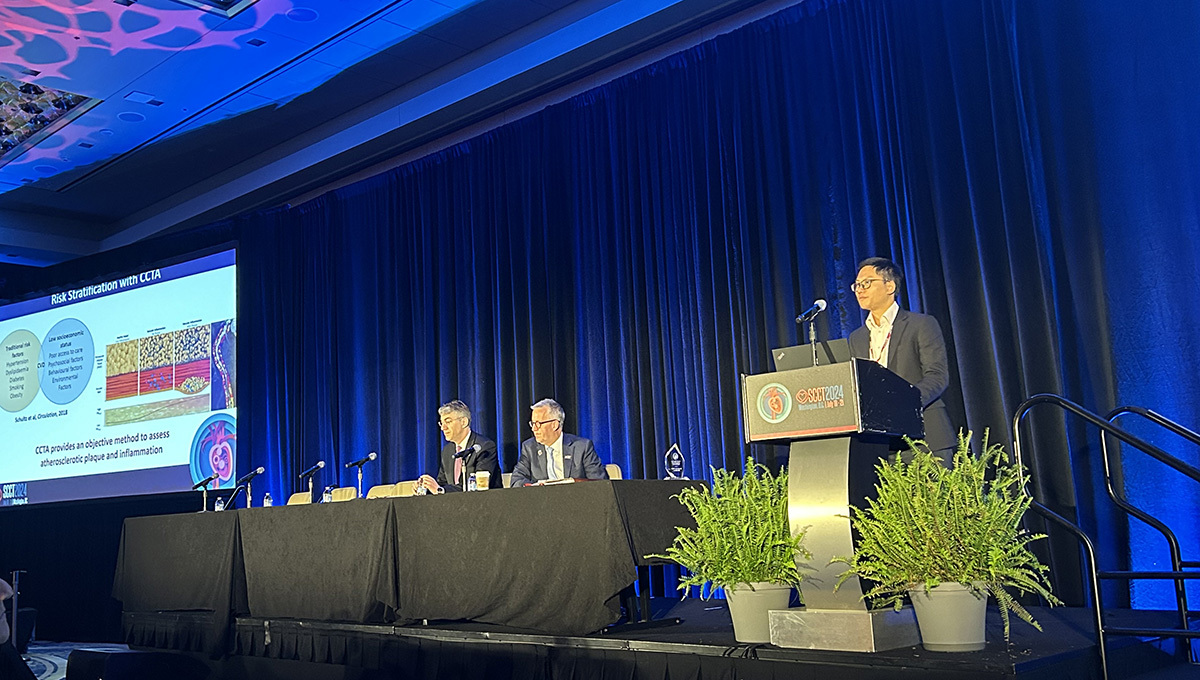 www.tctmd.com
www.tctmd.com
cross-posted from: https://midwest.social/post/14790845 > People living in areas with the highest levels of socioeconomic deprivation have more coronary inflammation identified on coronary CT angiography (CCTA) than those living in the least deprived areas, an analysis of the Oxford Risk Factors and Noninvasive Imaging (ORFAN) study shows.
 www.tctmd.com
www.tctmd.com
cross-posted from: https://midwest.social/post/14790845 > People living in areas with the highest levels of socioeconomic deprivation have more coronary inflammation identified on coronary CT angiography (CCTA) than those living in the least deprived areas, an analysis of the Oxford Risk Factors and Noninvasive Imaging (ORFAN) study shows.
cross-posted from: https://lemmy.zip/post/19515293 > > Authorities in southern India's Kerala state are taking preventive steps after the death of a 14-year-old boy from the Nipah virus and the identification of 60 persons in the high-risk category, the state's health minister said on Sunday. > > Archived version: https://archive.ph/nRECh
 www.scrippsnews.com
www.scrippsnews.com
> A mountain lion euthanized in Colorado last year had the first recorded case of “staggering disease” in the species in North America, Colorado Parks and Wildlife announced Tuesday. --- > "Of note, a remarkably broad range of other mammalian RusV hosts have been identified in Germany, including equids, mustelids, rodents, and marsupials, raising concerns about a zoonotic potential of RusV," the study concluded. "Given the wide host range of the virus in Europe, RusV should be considered as a possible cause for neurologic diseases in all mammal species in North America."
cross-posted from: https://lemmy.world/post/17652243 > Over half of women who have had abortions have had a previous child. > > https://www.guttmacher.org/gpr/2007/05/repeat-abortion-repeat-unintended-pregnancy-repeated-and-misguided-government-policies
 www.nbcnews.com
www.nbcnews.com
cross-posted from: https://midwest.social/post/14297944 > Millions of Americans likely to develop and die from heart disease live in cardiology deserts — areas of the country without a single heart specialist to care for them. > > New research published Monday in the Journal of the American College of Cardiology finds that nearly half of all counties in the U.S. lack a practicing cardiologist. > > Most of those counties are rural, with residents who tend to be sicker in general with complex medical problems. > > “The counties that do not have cardiologists probably need this type of specialty care even more,” said the study’s senior author, Dr. Haider Warraich, a cardiologist at Brigham and Women’s Hospital in Boston.
 www.nbcnews.com
www.nbcnews.com
cross-posted from: https://midwest.social/post/14297944 > Millions of Americans likely to develop and die from heart disease live in cardiology deserts — areas of the country without a single heart specialist to care for them. > > New research published Monday in the Journal of the American College of Cardiology finds that nearly half of all counties in the U.S. lack a practicing cardiologist. > > Most of those counties are rural, with residents who tend to be sicker in general with complex medical problems. > > “The counties that do not have cardiologists probably need this type of specialty care even more,” said the study’s senior author, Dr. Haider Warraich, a cardiologist at Brigham and Women’s Hospital in Boston.
 www.healthday.com
www.healthday.com
Pregnant women enrolled in a federal aid program have better outcomes than those who are struggling to put food on the table, new research shows. The new study, from a team at Ohio State University, found that women enrolled in WIC had a lower risk of poor pregnancy outcomes. Those outcomes included gestational diabetes, blood transfusion, preterm birth and stays in intensive care for mom and baby alike. The study dovetails with concerns about Congressional proposals to slash WIC funding for the first time.
> the top three procedures for children ages 0-11 account for 59% of opioids dispensed after surgery (tonsillectomies and adenoidectomies 50%, upper extremity fractures 5% and removal of deep implants 4%). Among those ages 12-21, the top three procedures account for about a third of post-surgery opioid prescriptions (tonsillectomies and adenoidectomies 13%, knee arthroscopies 13% and cesarean deliveries 8%). > > For adults ages 18-44, C-sections account for the highest share of opioids dispensed post-surgery (19%), followed by hysterectomies (7%) and knee arthroscopies (6%). Among those ages 45-64, four of the top five procedures were orthopedic procedures, collectively accounting for 27% of total opioid prescriptions dispensed after surgery. > > "Our findings suggest that surgical opioid prescribing is highly concentrated among a small group of procedures. Efforts to ensure safe and appropriate surgical opioid prescribing should focus on these procedures," said Kao-Ping Chua, lead author of the study in Pediatrics, assistant professor at the U-M Medical School and School of Public Health, and co-director of the Research and Data Domain at the U-M Opioid Research Institute. > In addition to determining which procedures accounted for the highest shares of opioids, the researchers also examined the size of opioid prescriptions for each procedure. For many procedures, prescriptions were far larger than the amount patients typically need for a particular procedure.
> Highlights > - Aotearoa New Zealand formerly enacted revolutionary tobacco control measures > - Reforms included introducing a generational ban on tobacco products > - To achieve an equitable smokefree future, Māori leadership and partnership were critical in implementing effective tobacco control measures > - The planned smokefree reform was repealed by the sixth National-led coalition government > - Economic concerns, autonomy, and potential illicit tobacco trade were key justifications for the repeal
cross-posted from: https://midwest.social/post/14067826 > A [study](https://publications.aap.org/pediatrics/article/doi/10.1542/peds.2023-064551/197596/Trajectories-of-Housing-Insecurity-From-Infancy-to) found a lack of "housing is a huge stress for anyone." However, "when children experience this, especially in early childhood, it can affect their health years down the line." The Future of Families and Child Well-Being study found children "with any level of housing insecurity -- low or high -- had worse self-reported health at age 15 ... They also reported worse mental health." According to Healthy Steps National Director Rahil Briggs, the lack "of a safe and secure shelter creates 'chronic and unrelenting' stress for the parents or caregivers, which is then picked up by kids, as well."
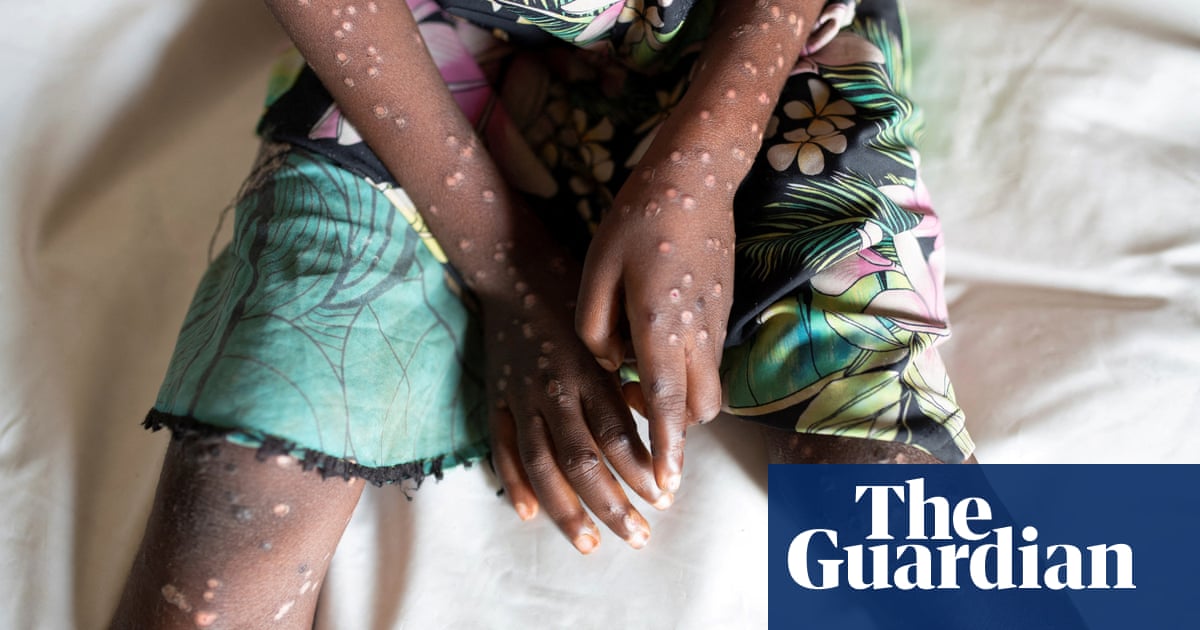 www.theguardian.com
www.theguardian.com
cross-posted from: https://lemmy.ca/post/23881373 > A dangerous strain of mpox that is killing children and causing miscarriages in the Democratic Republic of the Congo is the most transmissible yet and could spread internationally, scientists have warned. > > The virus appears to be spreading from person to person via both sexual and non-sexual contact, in places ranging from brothels to schools. > > Hundreds of people with the disease, formerly known as monkeypox, have attended hospital in the mining town of Kamituga, South Kivu province, in what is likely to be the “tip of the iceberg” of a larger outbreak, doctors say. > > The new DRC outbreak is a mutated form of clade I mpox. Doctors report a fatality rate of about 5% in adults and 10% in children, as well as high rates of miscarriages among pregnant women.
Public Health
!publichealth@mander.xyzFor issues concerning:
- Public Health
- Global Health
- Health Systems & Policy
- Environmental Health
- Epidemiology
- etc.
🩺 This community has a broader scope so please feel free to discuss. When it may not be clear, leave a comment talking about why something is important.
Related Communities
- Medical Community Hub
- Medicine
- Medicine Canada
- Premed
- Premed Canada
- Public Health (📍)
See the pinned post in the Medical Community Hub for links and descriptions. link (!medicine@lemmy.world)
Rules
Given the inherent intersection that these topics have with politics, we encourage thoughtful discussions while also adhering to the mander.xyz instance guidelines.
Try to focus on the scientific aspects and refrain from making overly partisan or inflammatory content
Our aim is to foster a respectful environment where we can delve into the scientific foundations of these topics. Thank you!


